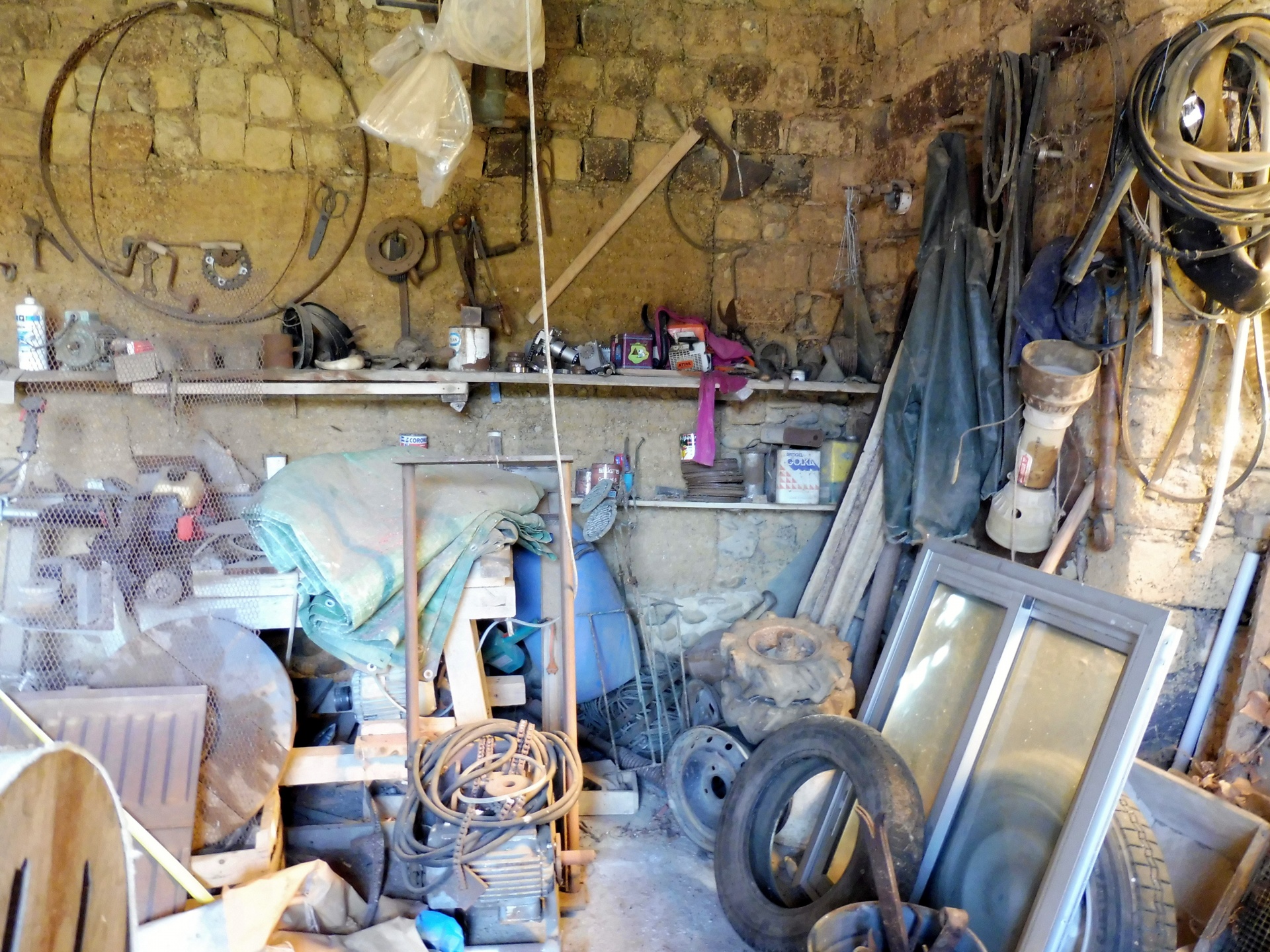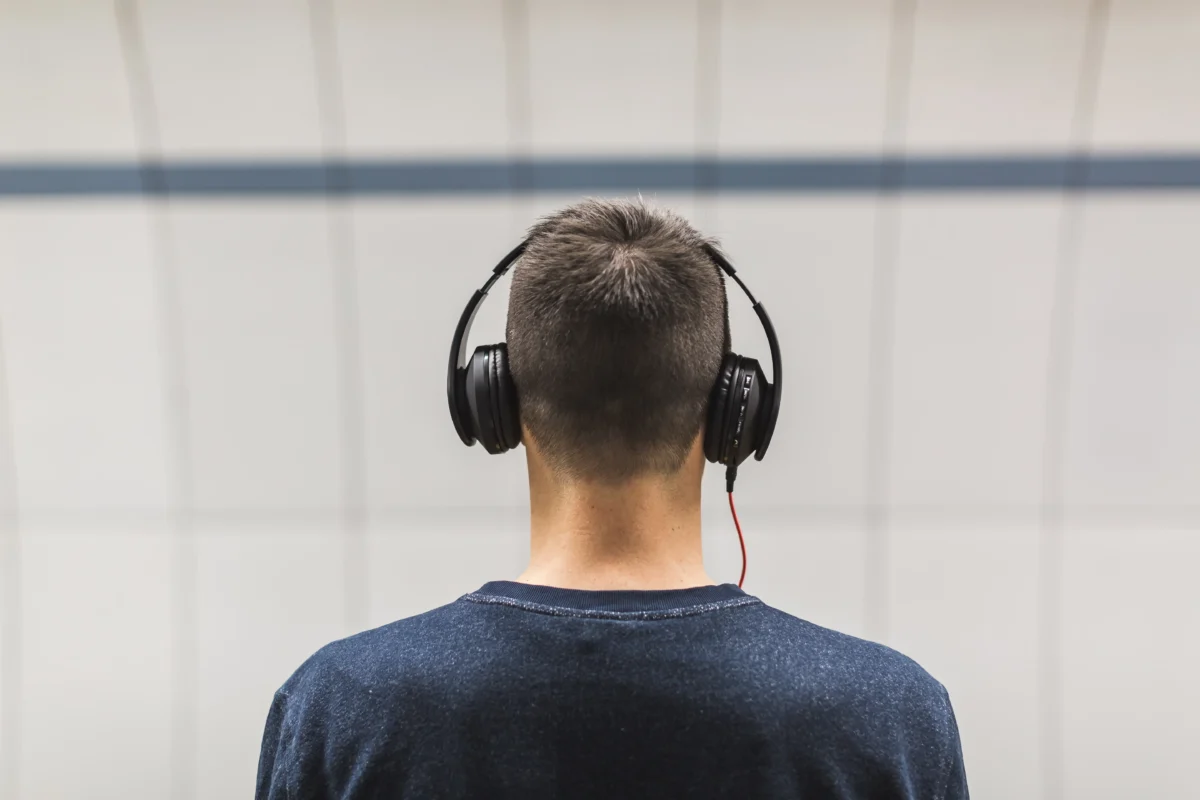So, you’ve got a portable AC unit, and it’s just not cutting it on those scorching days. Frustrating, right? You expect it to keep you cool and comfortable, but instead, you’re left sweating and wondering what went wrong.
Don’t worry; you’re not alone. Many folks face this issue, and the good news is, there are several common reasons why your portable AC might not be doing its job. Let’s dive into some simple checks and fixes that can get your unit back to blasting that refreshing cool air you crave.
Common Reasons Why Portable AC Is Not Cooling
Portable AC not cooling can be due to several factors. Understanding these helps you troubleshoot effectively.

Insufficient BTU Rating
The unit’s BTU rating might be too low for your room. Every size room needs a specific BTU capacity to cool. Measure the room’s square footage. Use a BTU calculator to check if your unit fits the requirement. Lack of adequate BTU means the unit can’t cool efficiently.
Improper Installation
Improper installation affects cooling. Ensure the exhaust hose is connected securely. It should vent hot air outside, not inside. Check for kinks or blockages in the hose. A faulty exhaust setup leads to poor cooling performance.
Thermostat Issues
Thermostat issues can hinder cooling. Make sure the thermostat setting matches your desired temperature. If the room feels warm despite the settings, the thermostat may be defective. Replace or recalibrate if needed.
Maintenance Tips to Improve Cooling Efficiency
Let’s keep your portable AC running at peak performance. Follow these tips for better cooling efficiency.
Cleaning and Replacing Filters
Dirty filters restrict airflow, reducing cooling efficiency. Clean or replace the filter every month, especially during peak usage. Dust and debris impede cooling performance.
Ensuring Proper Ventilation
Ensure the exhaust hose is straight without kinks. Place the AC near a window for optimal ventilation. Proper exhaust prevents hot air from recirculating into the room.
Checking and Sealing Leaks
Inspect the window slider kit for gaps where hot air might enter. Use weather stripping or sealant to close leaks. Proper sealing maximizes cooling and energy efficiency.
Troubleshooting Steps for Portable AC Units
When your portable AC’s not cooling well, you need to troubleshoot efficiently. Here are steps to help you diagnose the problem.
Checking Power Supply and Settings
First, ensure the unit’s plugged in and receiving power. Look for error codes or lights on the display. Confirm the thermostat’s set to a temperature lower than the current room temperature. Check the mode; make sure it’s on “cooling” and not “fan” or “dehumidify.”
Inspecting the Compressor and Condenser
Listen to verify the compressor’s running. If it’s silent and not clicking, there might be a problem. Make sure the condenser coils aren’t dirty. Dirt can affect cooling efficiency. Use a soft brush to clean them. If the unit’s still not cooling, the compressor might need professional attention.
When to Contact a Professional
Sometimes, fixing a portable AC unit requires expert help.
Identifying Complex Mechanical Failures
« Discover the 7 Best Earplugs for Concerts to Protect Your Hearing and Enjoy Perfect Sound Quality
Discover the Best Commercial String Trimmer: Top Picks, Maintenance Tips, and Safety Guide »
You might encounter problems too complex to repair yourself. If your unit makes unusual noises, doesn’t start, or trips the breaker, these could indicate severe mechanical failures. Faulty compressors or damaged fans often need professional inspection and repair. Trying to fix these issues yourself might void your warranty or cause more damage.
Considerations for Warranty and Professional Services
Check your warranty terms before seeking repairs. If your unit is under warranty, contact the manufacturer for authorized service providers. Using unauthorized technicians can void your warranty. Always keep documentation of any repairs for future reference.
Conclusion
By keeping these tips and troubleshooting steps in mind, you can ensure your portable AC runs efficiently and keeps your space cool. Regular maintenance like cleaning filters and checking for proper ventilation can make a big difference.
Don’t forget to inspect the power supply and settings if your unit isn’t cooling as expected. If you encounter more complex issues, don’t hesitate to reach out to a professional. Always check your warranty terms to avoid unnecessary costs.
With a little care and attention, your portable AC can provide reliable cooling all summer long.















